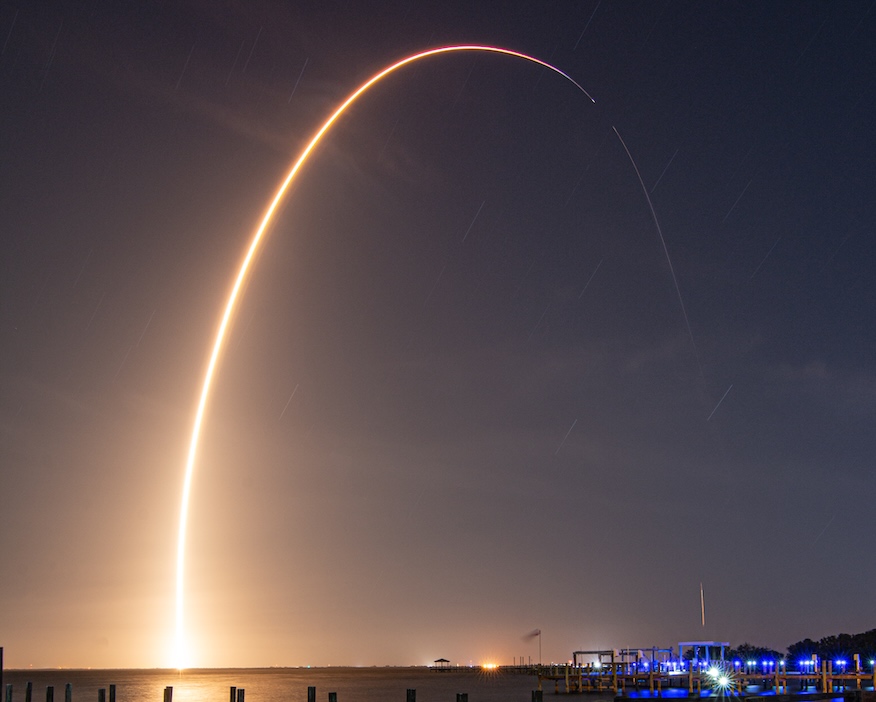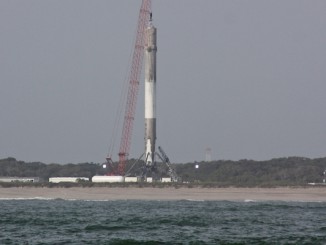
SpaceX launched a batch of 28 Starlink V2 Mini satellites into low Earth orbit on Saturday night.
Liftoff of the Falcon 9 rocket on the Starlink 6-72 mission from pad 40 at Cape Canaveral Space Force Station happened at 11:07 p.m. EDT (0307 UTC).
The 45th Weather Squadron forecast windy, but clear conditions at the pad during the nearly four-hour launch window. Meteorologists forecasted a greater than 95 percent chance of acceptable conditions at liftoff, which proved to be true.
“High-pressure ridge over the Atlantic extending across central Florida will persist through the weekend, bringing strong subsidence across the peninsula,” launch weather officers wrote. “As a result, moisture availability will be limited, preventing the formation of significant cloud cover. The only potential constraint for both days will be liftoff winds.”
The Falcon 9 first stage booster, tail number B1078 in the SpaceX fleet, flewfor a 19th time. It previously supported the launches included Crew-6, USSF-124 and 14 previous Starlink flights.
A little more than eight minutes after liftoff, B1078 landed on the droneship, ‘Just Read the Instructions.’ This marked the 114th booster landing for JRTI and the 427th booster landing to date.



